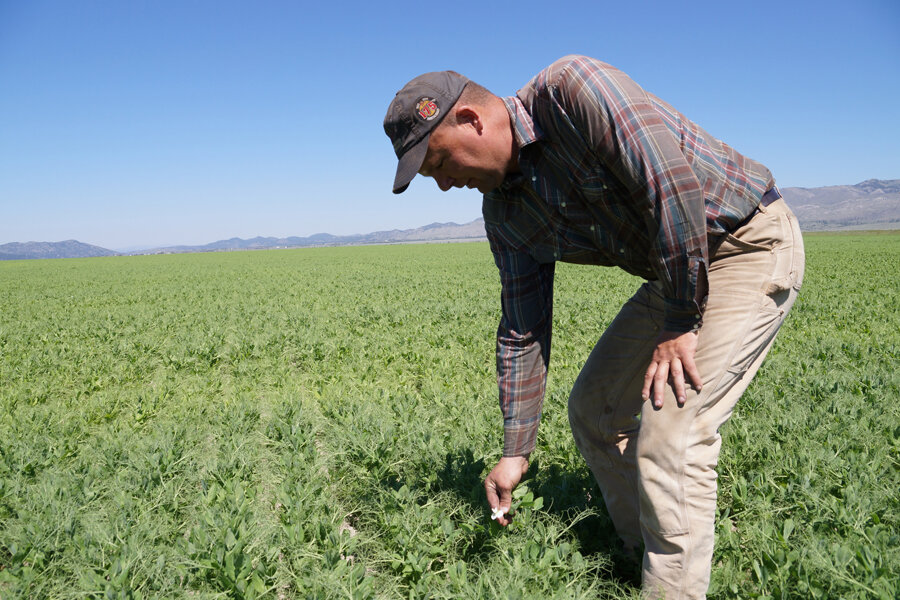How more public sector support could boost agricultural research
Loading...
Private sector investment in conventional agricultural research has historically exceeded public sector investment by a factor of two or more. AGree, a group that connects thought leaders to build policy consensus on food and agriculture issues, released a new report detailing nine ways to improve the impact of public sector investment in agricultural research. The publication, Research & Innovation: Strengthening Agricultural Research, was informed by two years of meetings with more than 100 leaders in food and agriculture, and by five Point of View papers commissioned by AGree from independent authors.
Limited resources for public sector investment in research should be leveraged as efficiently as possible, according to AGree. “We need to make a smart investment even smarter,” said Deborah Atwood, Executive Director of AGree. “The need to modernize our research system has long been discussed behind closed doors – now it’s time to have an open national conversation about needed changes.”
Transparency is at the heart of the recommendations to make research data publicly available and to improve monitoring systems. Targeting agricultural research dollars more appropriately and tracking projects throughout grant periods will maximize returns on investment and build support for increased funding, according to AGree. Dan Glickman, AGree Co-Chair and former U.S. Secretary of Agriculture, said, “Important progress has been made in recent years to bolster food and ag research. Now we need to maximize return on the dollar, which begins with Congress holding a series of oversight hearings examining long-established federal funding models with fresh eyes.”
The impacts of agricultural research in the U.S. extend beyond the nation’s borders. Emmy Simmons, AGree Co-Chair and former Assistant Administrator for Economic Growth, Agriculture and Trade for the U.S. Agency for International Development, said, “It is breathtaking to consider the increased impact we could have globally if we leverage every ag research dollar. Whether it’s addressing hunger or helping to grow stable economies on a foundation of dynamic agricultural development, research and innovation are critical to achieving the results that will assure our global future.”
AGree will focus on convening a coalition of thought leaders and building partnerships to advocate for policy changes in upcoming terms, including a reexamination of the U.S. Department of Agriculture’s Research, Education and Economics (REE) mandate and practices. The group also intends to strengthen the ability of the new Foundation for Food and Agricultural Research (FFAR) to identify opportunities for public-private partnerships.







